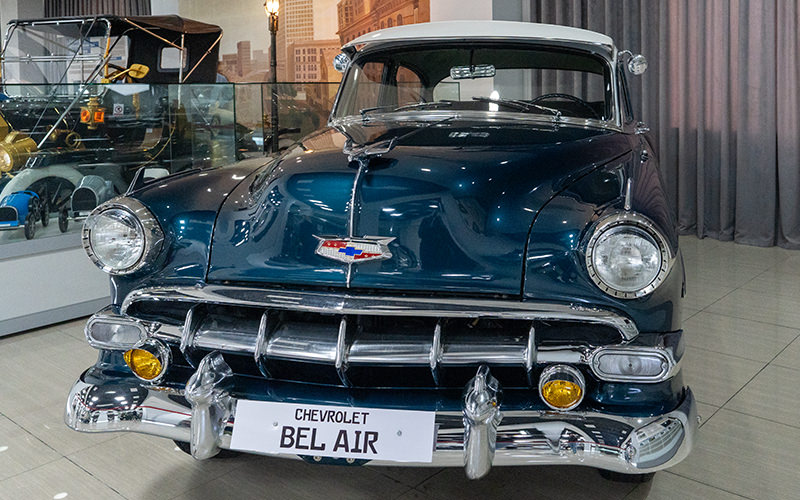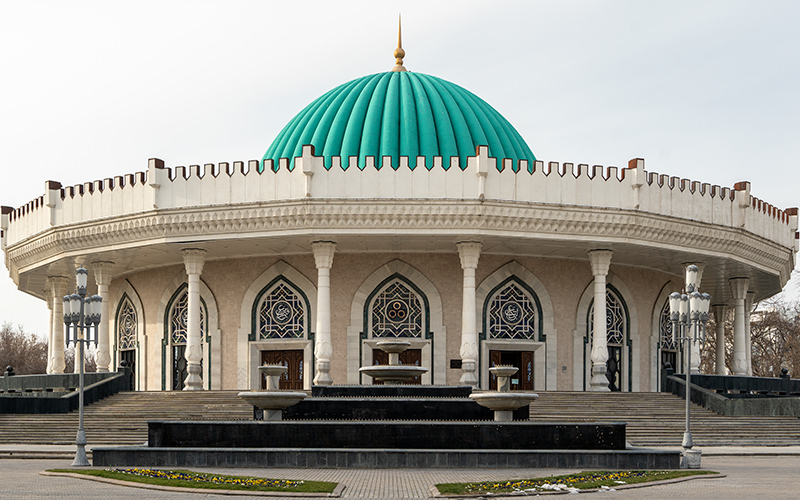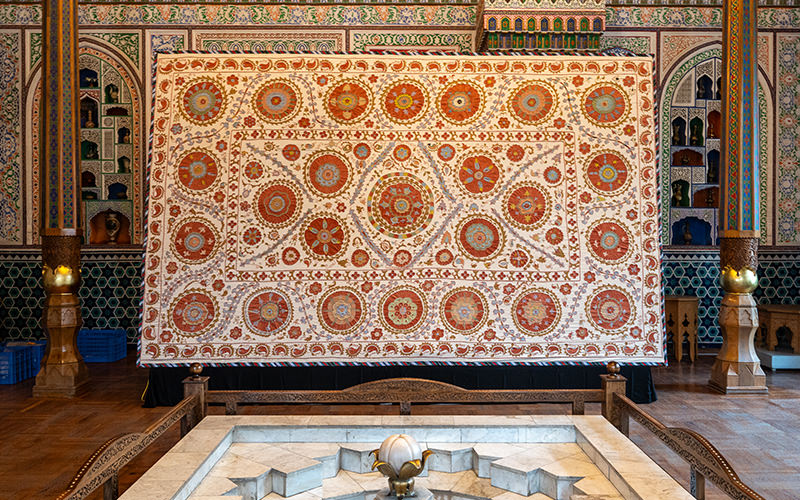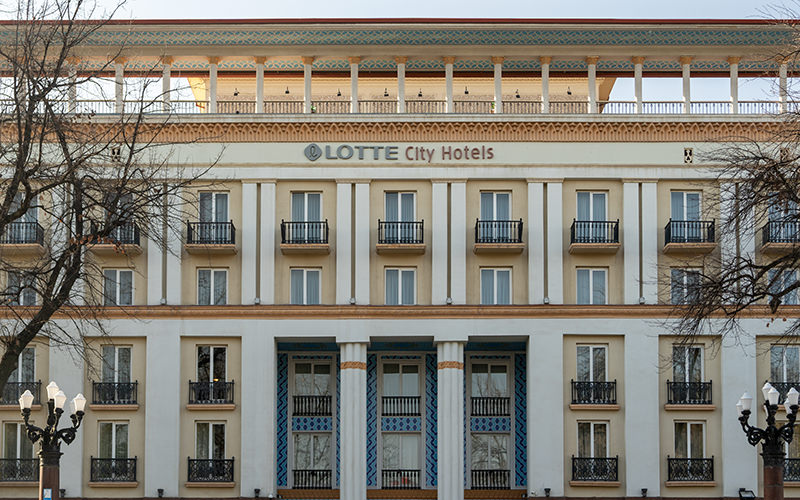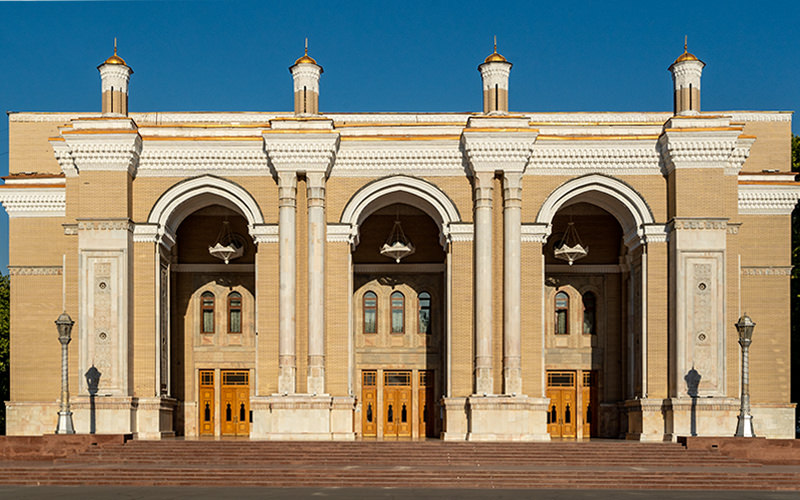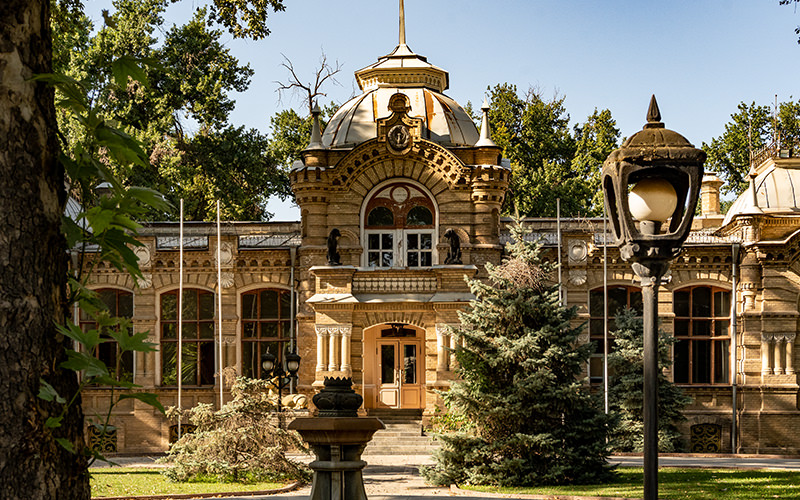The first exhibition space I encountered during my first visit to Tashkent was the State Museum of the History of Uzbekistan. Today, I will show you some of its exhibits and tell you about the history of this place.
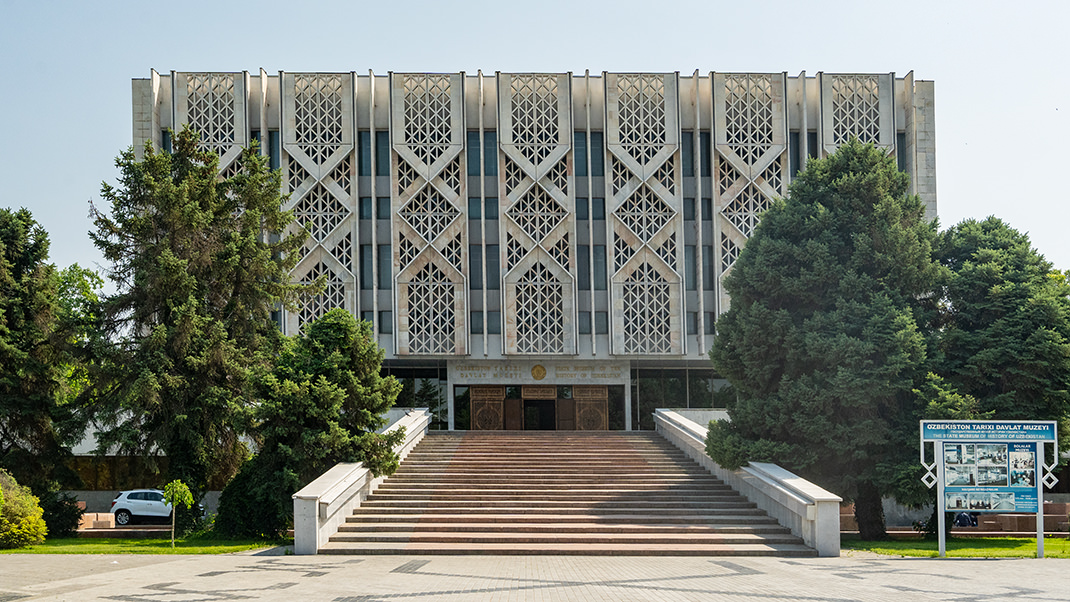

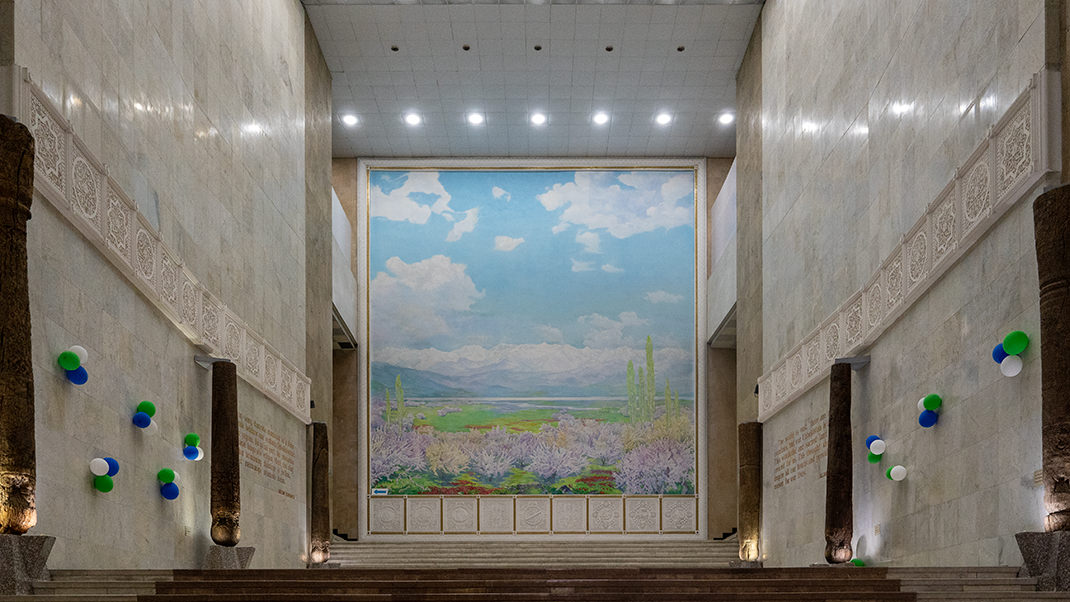
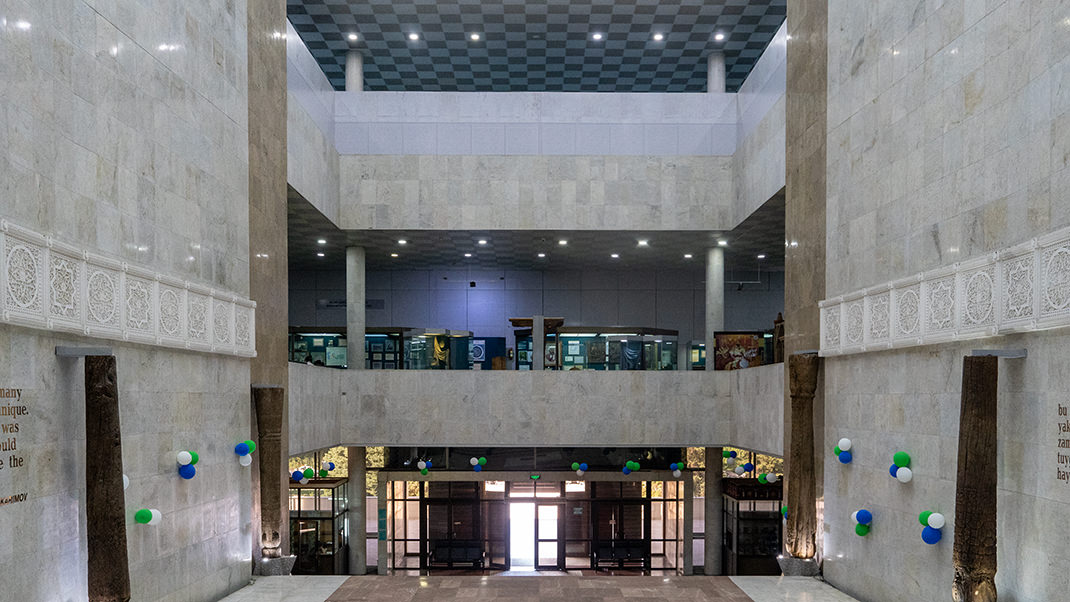
How to Get There by Metro
The museum is located at 3 Sharaf Rashidov Avenue. The nearest metro station is Mustaqillik Maydoni.
The ticket for the exhibition in the summer of 2023 cost 50,000 Uzbek soms. I had to pay an additional 60,000 for using a professional camera. The museum is open from 9 am to 6 pm from Tuesday to Sunday.
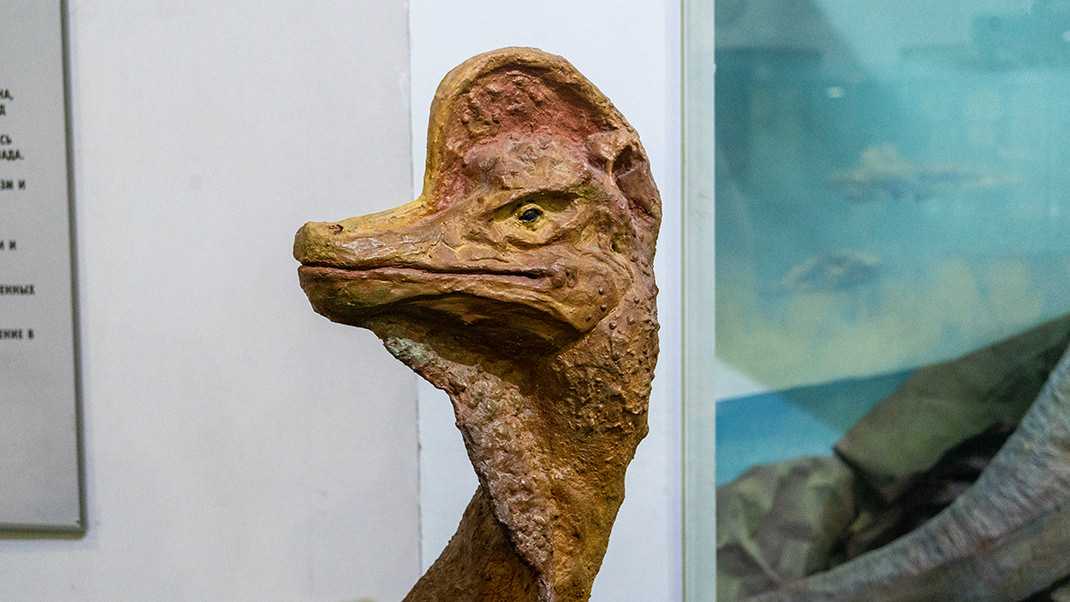
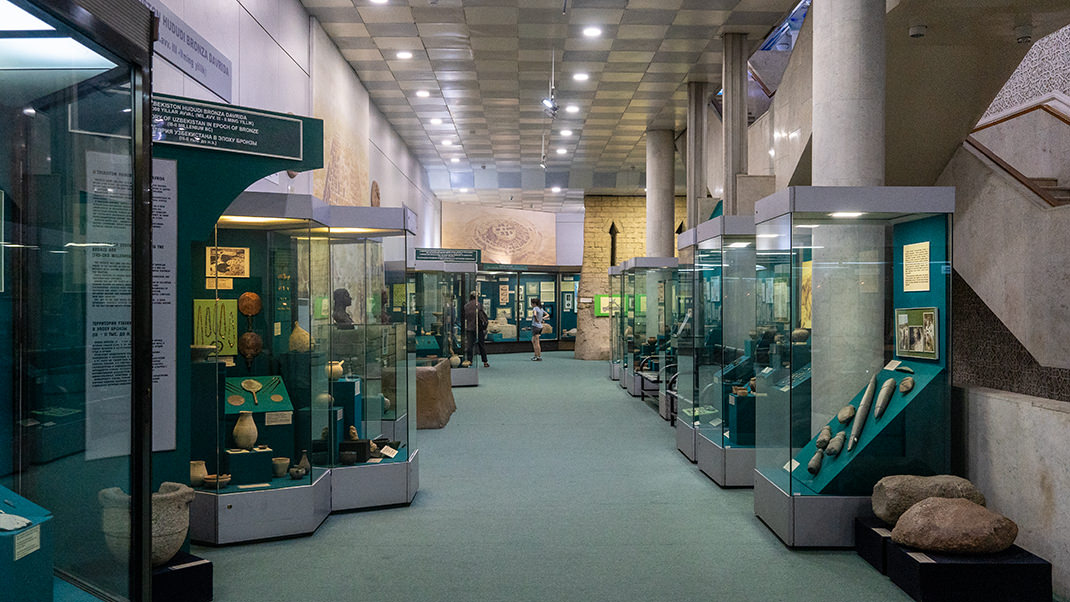
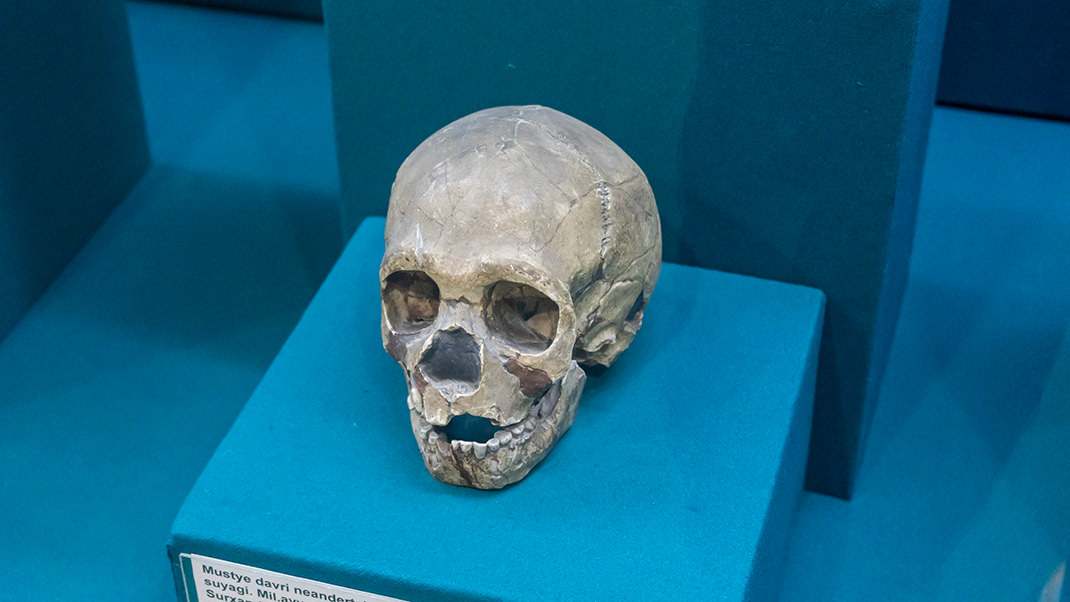

A Bit of History
The history of the exhibition space began in 1876 when the collection, consisting of about 1,500 items, was called the Tashkent Museum. It's noteworthy that due to the small size of the collection and the lack of a dedicated space, the museum operated initially in one of the rooms of the curator's apartment.

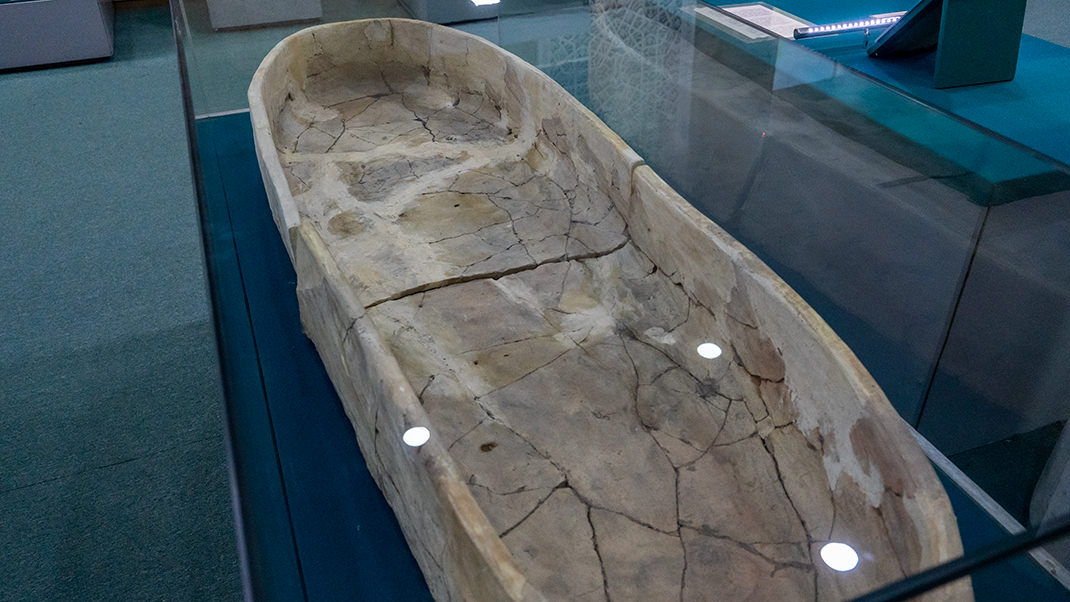
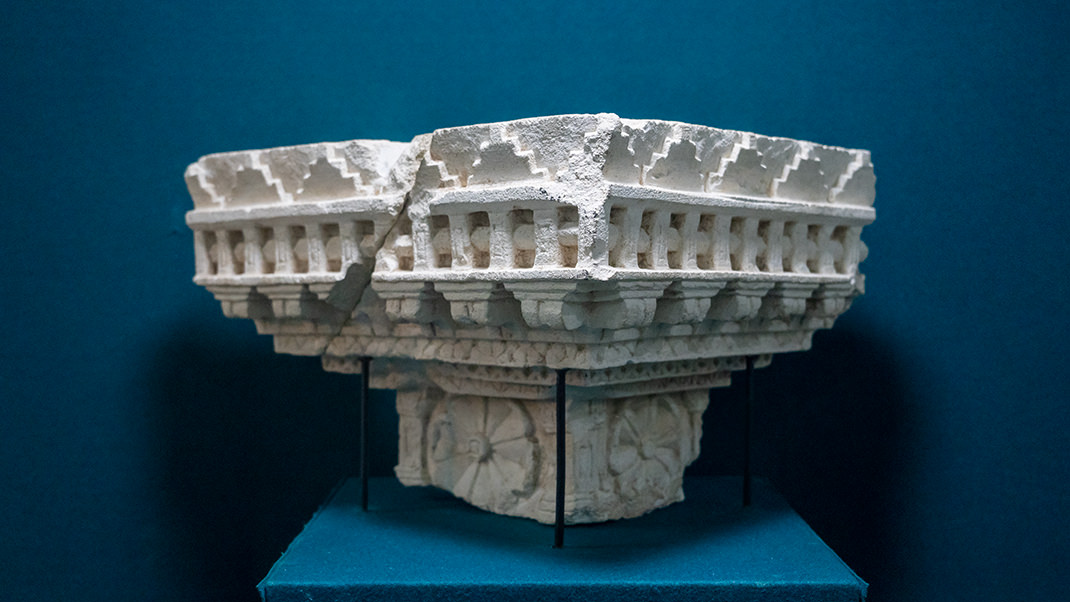
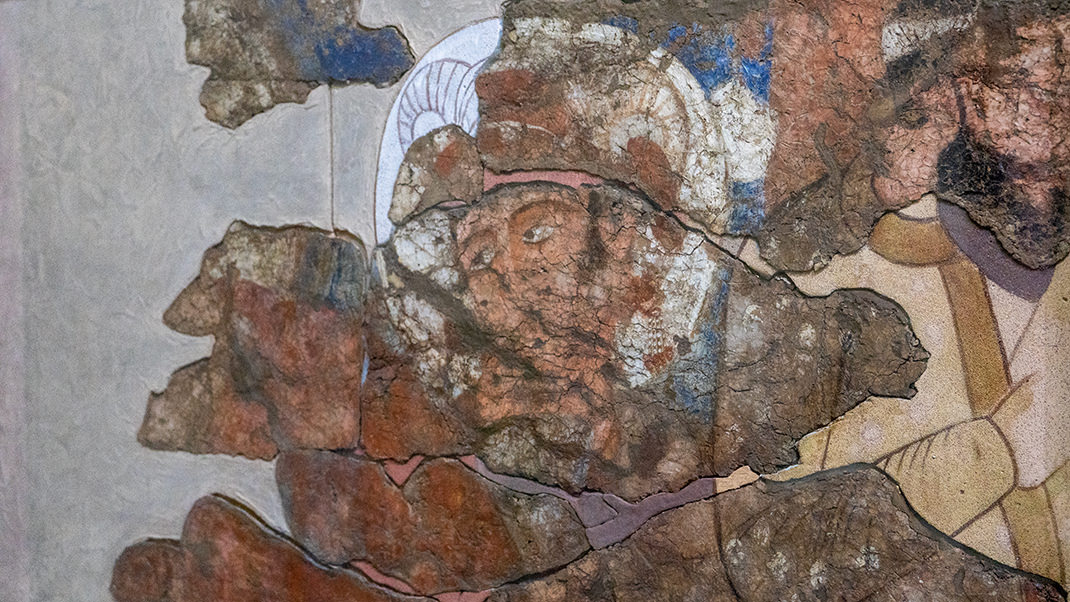
As the museum collection expanded, it was decided to divide the exhibition into two parts. Thus, the Museums of the History of the Peoples of Uzbekistan and the Museum of Nature appeared in the city. The historical part of the collection often changed its names. For example, since 1922, the exhibition was called the Main Turkestan Museum, and from 1925, the Main Central Asian Museum. From 1930, the exhibition was merged with the Museum of Revolution.
During Soviet times, the museum exhibits were housed in the building of the former Turkestan Treasury Chamber, located behind the modern Palace of International Forums "Uzbekistan."
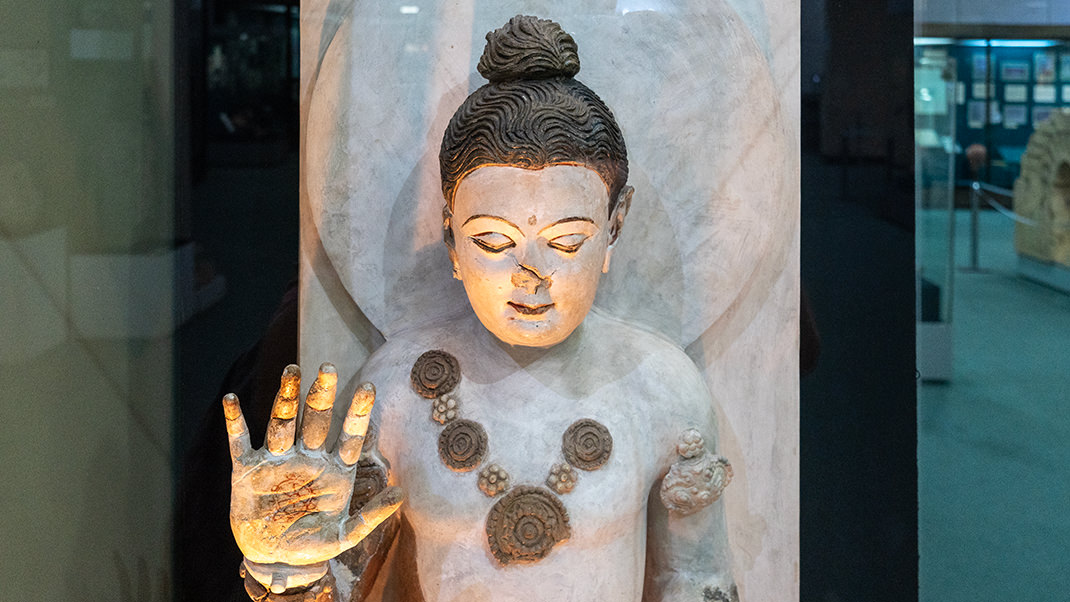
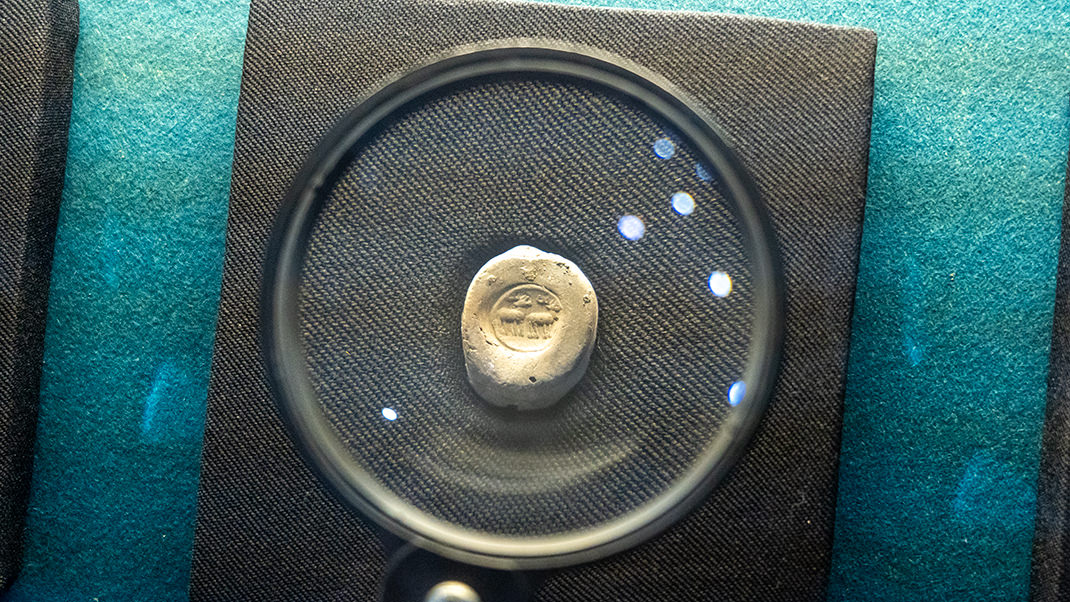
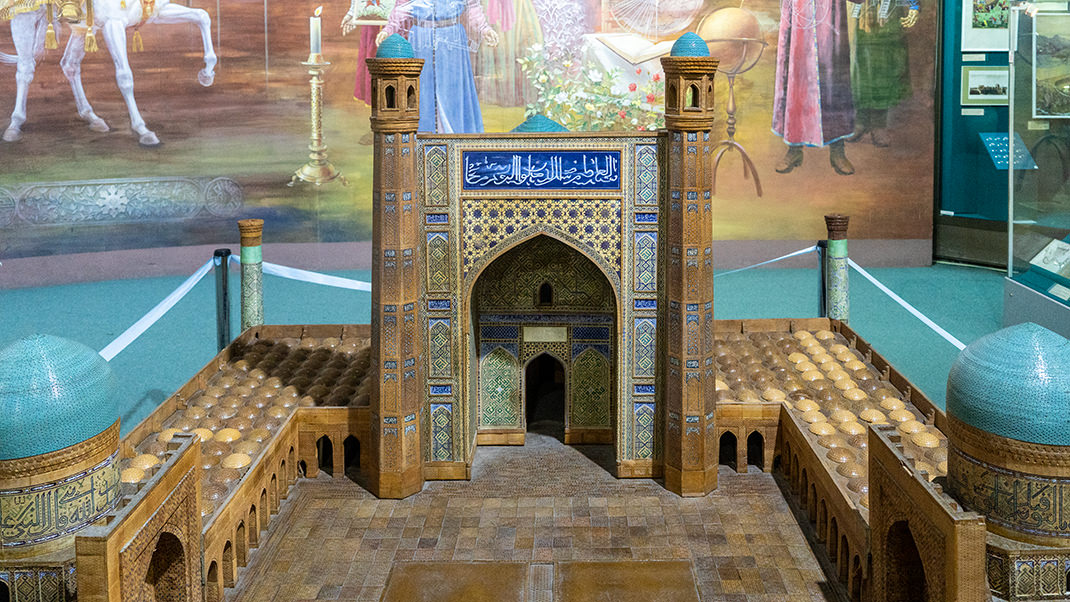

Later, the exhibition was placed in the building of the former branch of the Central Museum of V.I. Lenin, and it remains there today. The building itself is of architectural interest: the cubic structure with sun-protective marble grilles around the facade looks very unusual. The complex was built for the 100th anniversary of Lenin's birth, celebrated in 1970.
If initially the museum collection consisted of 1,486 items, by the 1980s, it had grown to 155,000 storage units. By today, this number has doubled. The museum halls are divided by historical periods, from the Stone Age to the time of the country's independence.


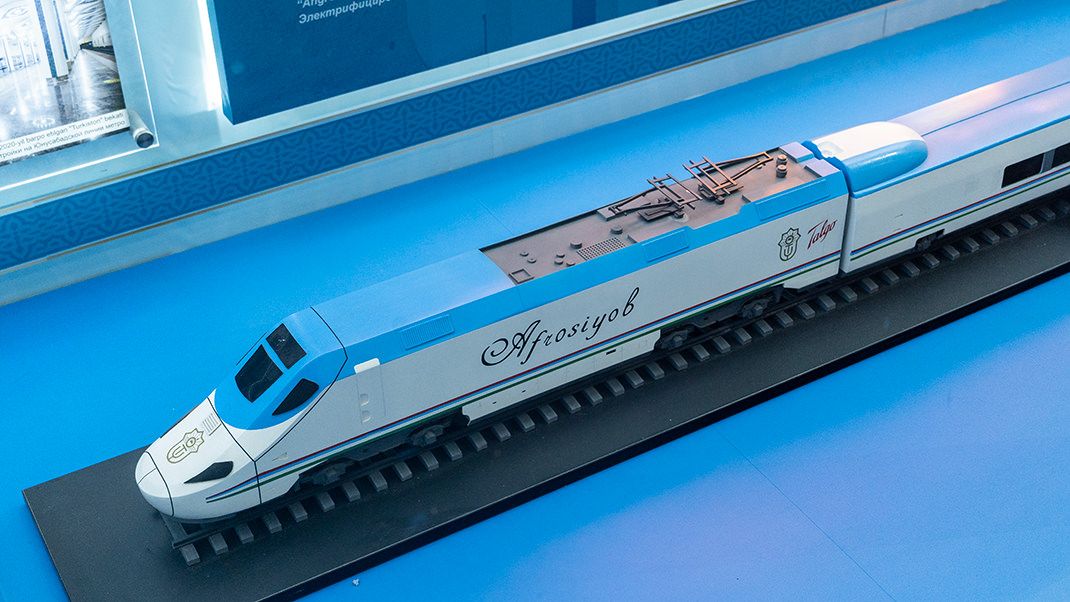
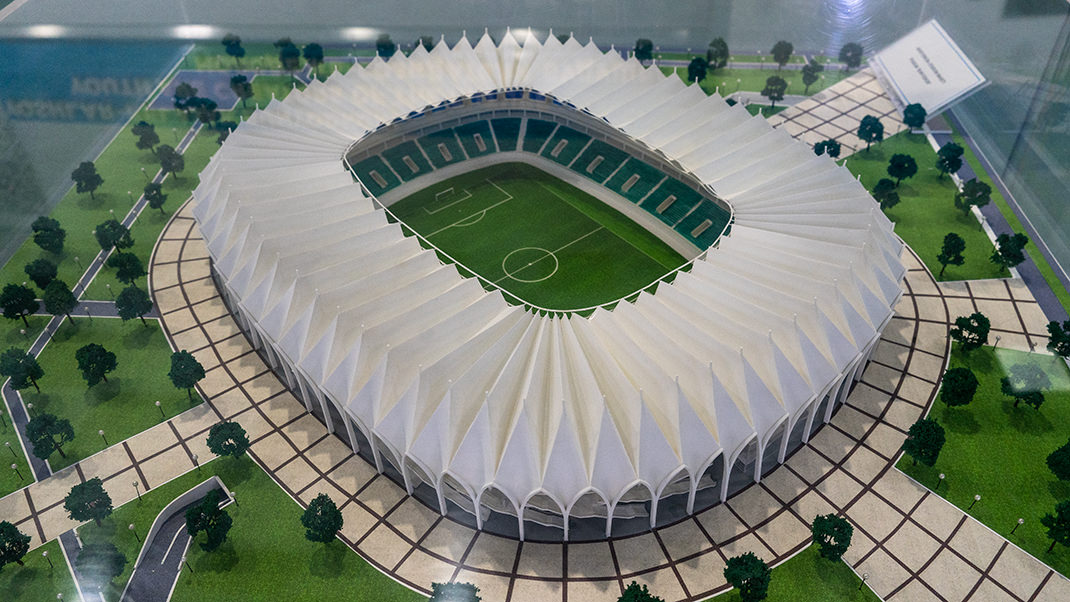
The museum is located in the center of Tashkent, so travelers should have no trouble figuring out where to go after visiting. Recently, for instance, I wrote about an interesting building located very close by—the Alisher Navoi Theatre. The architectural monument is interesting because it was designed by the talented architect Alexey Viktorovich Shchusev.
Have a nice trip!


